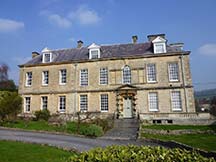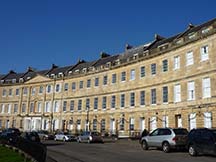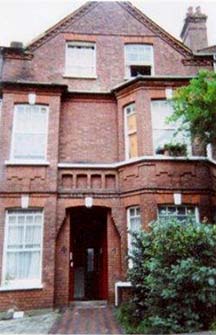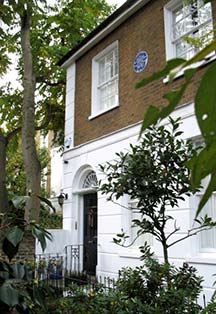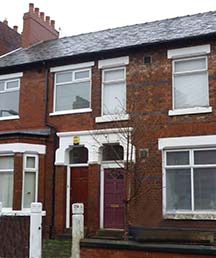|
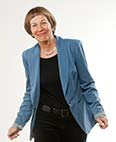 |
|
So what was special about the 1911 census? Census resisters - right across England
|
Census homes Houses and the families that inhabited them were absolutely central to the 1911 census - in two ways. First, social reformers were acutely concerned about the effects of over-crowding on family health. So census planners ensured that schedules would record exactly how many rooms there were in each house or flat - and how many people shared that living space. The census could not record how appallingly insanitary a home was, but by documenting domestic congestion it could suggest likely health inequalities. Second, suffragettes who boycotted the census usually did so either in their own home or in a larger building borrowed or rented for census night. (The number of evaders who walked or cycled through the dark was, unsurprisingly, infinitesimal.) So boycotters are usually recorded in some way on a census schedule: even if their name was withheld, the approximate number of occupants in the building would be recorded. Photographs of houses, like the schedules themselves, bring together these two narratives: health inequalities and the suffragette boycott. Some evaders in towns such as Bath inhabited stately houses - and hid away in style on census night in one of Bath's elegant crescents. One such was Mary Blathwayt who lived with her parents in Batheaston.
Other evaders occupied large houses rented for the purpose over census weekend. An obvious example was Jessie Stephenson's 'Census Lodge' in residential south Manchester near Victoria Park.
'Census Lodge', south Manchester. Such spacious houses were untypical of boycotters. Rather more usual would be the homes of professional families. Writers and artists Laurence and Clemence Housman lived just off Kensington High Street; author Margaret Nevinson and her journalist husband Henry lived in Hampstead.
Other suffragettes lived in more modest houses. In the Manchester area these would typically be red-brick terraced houses - like the homes of Hannah Mitchell and Jennie Baines.
Photo credits: all images are from the author's collection, except the Nevinsons photo (Angela John). |

